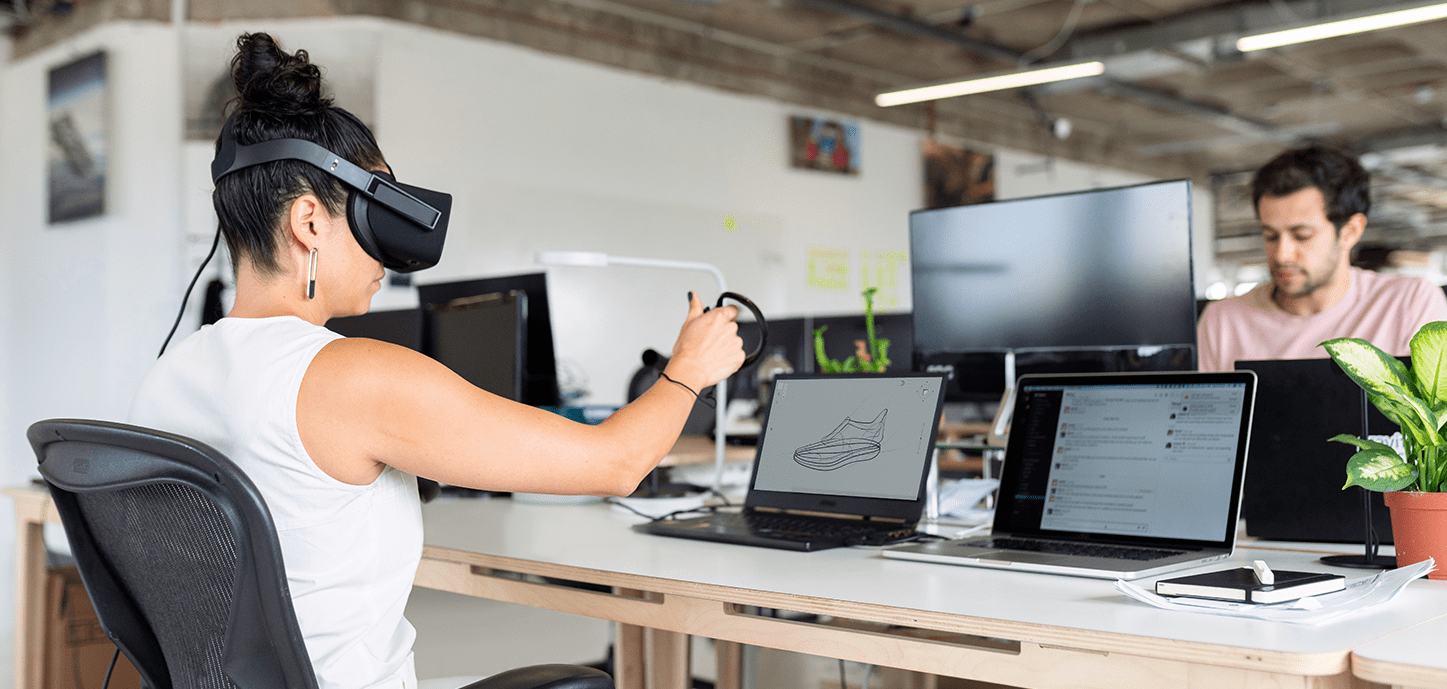adrianse* Global announces a strategic partnership with Loop Interiors
This partnership will extend both company's reach to offer clients a truly global service across Europe and APAC region.

The Internet of Things (IoT) is reinventing the connectivity of the hybrid workplace.
Work is becoming more and more distributed, so offices need to ensure they provide value and connectivity to their employees. IoT is expected to provide the link between the digital and physical world.
The potential of remote working, 5G wireless technology, and functional design should be maximized - and that's exactly what IoT aims to create.
Promise of connectivity
Simply put, IoT describes the classification of smart devices that interact over a network. Such devices are already the talk of the town, especially for home use, but they are also gaining popularity in the workplace. IoT devices are capable of monitoring data and reporting information back to a central information system. We're talking about sensors and complex networks to track data, which can then be analyzed by evolving AI and deep learning techniques.
What does this look like in detail?
Commercial IoT: Data on health conditions to inventory levels are monitored and reported.
Industrial IoT: IoT devices in the industrial sector enable efficient techniques that streamline production.
Infrastructure IoT: This is about smart cities and buildings with integrated tools that enable new levels of automation, control, and innovation potential.

Connectivity and office space
Executives need to plan for the integration of smart devices in the workplace, meaning they should consider changes to the design, layout, and navigability of office spaces.
The power of the IoT promises advances in everything, from energy savings to employee comfort. Hybrid and remote workers can be supported just as well as the workforce in the physical office.
IoT implementation can provide a powerful green initiative by monitoring climate and automatically adjusting office conditions for efficiency. In addition, these smart devices can provide insights on how workers can reduce their climate impact.
IoT in office design can also support data collection, contributing to a healthy and safe space. Smart furniture can communicate data about ergonomics and employee utilization. However, the changes in office design only describe the beginning, as the implementation of IoT technology in all workspaces will greatly change the way employees think, interact, and work for the better.

Changing the way we interact with spaces through connectivity
IoT visibility is changing the way we use and allocate resources. We suddenly have a bigger picture of factors that impact work culture much more than we ever dreamt possible. For example, the monitoring capabilities of industrial IoT tools provide automated quality assurance with the ability to troubleshoot issues remotely. Employees are thus able to take hybrid or fully remote positions.
We're not talking about a nice extra that might be pulled in. IoT can no longer be denied if workers want to be attracted and have their needs met all around. Connected and smart devices offer efficiency and employee satisfaction, not to mention an immense advantage over competitors. Want a future-proof office? Then connectivity is the name of the game from now on, both in design and employee interactivity.
